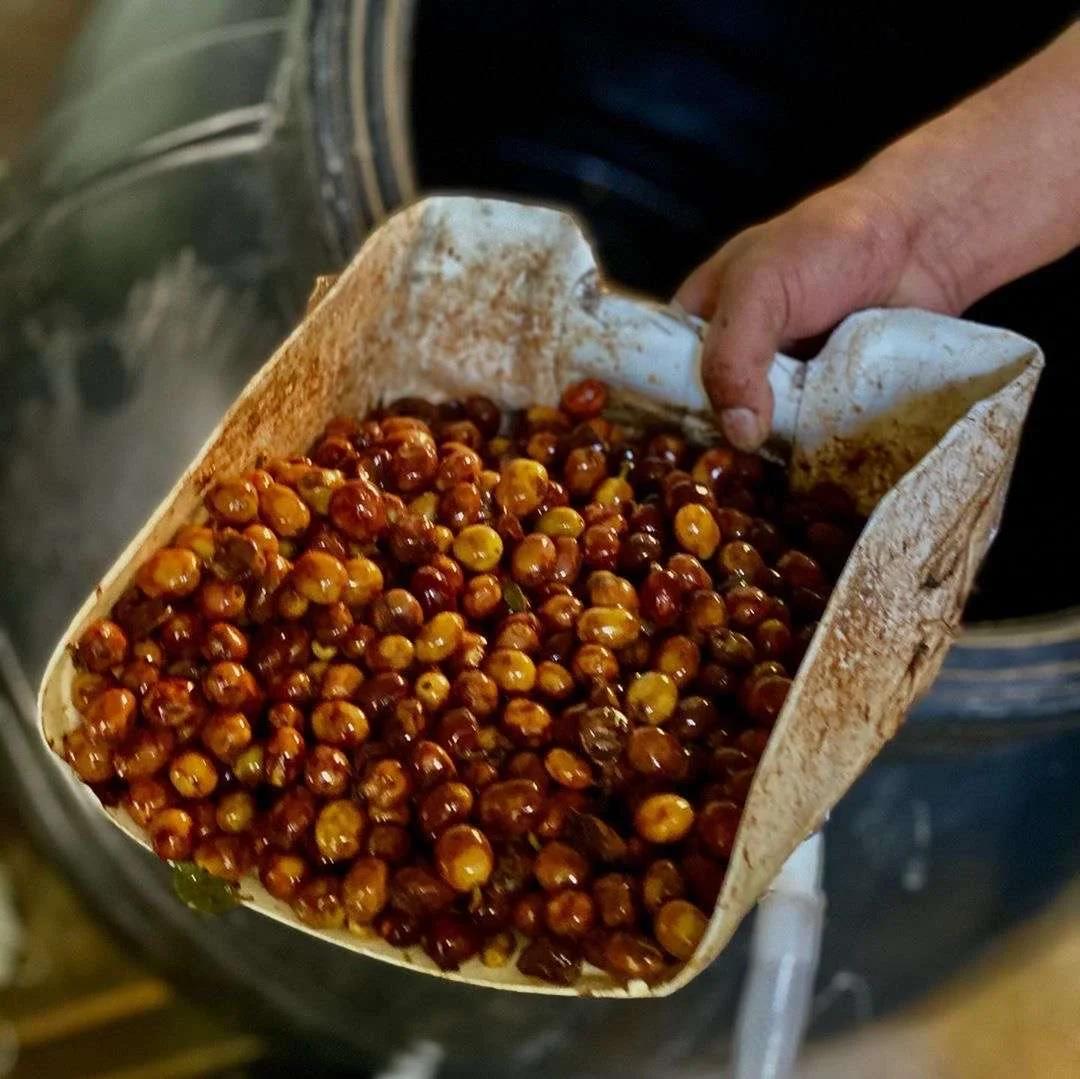The Science of Coffee Processes
Klatch Coffee has two of Lamastus Estates Family ASD Geishas, one being the Elida Geisha Natural ASD, the other Elida Geisha Natural 1028 (Green-Tip ASD).ASD stands for Anaerobic Slow Dry, wherein the coffee is placed into fermentation tanks for 120 hours with the pulp, and then placed onto drying beds with a thick layer, for a total time of five weeks.This ASD processed Geisha coffee was used for Brewers Cup by Wilford Jr. of Lamastus Estates in 2019. The coffee beans were grown in 1850 Masl in the Torre lot, and this lot is a neighbor lot from the Best of Panama Elida Geisha Green-Tip ASD of 2019.

Anaerobic Fermentation and Carbonic Maceration
An emergent process gaining rapid popularity due to the incredible and unique flavors it can produce from the process known as anaerobic fermentation, otherwise referred to as carbonic maceration.
- Anaerobic: No oxygen environment
- Carbonic: Carbon dioxide-rich environment
- Maceration: A more inclusive term than fermentation, referring to microbial metabolism
The terms anaerobic and carbonic could be used interchangeably used.
Fermentation is used in some stage for every process of coffee. Aerobic maceration microbes love oxygen and will digest the coffee fruit. For the entire history of washed coffee production, the time period when pulped coffee is macerated — usually in open-air tanks or buckets or even plastic bags — has been called “fermentation.”
Its origins are function, not form. It was simply the method farmers had at their disposal for removing the sticky fruit (coffee cherry) mucilage from the parchment-covered coffee seed. Flavor changes, while important, are secondary to getting rid of the fruit sugars and pectins.
The rise of “anaerobic” fermentation in coffee

